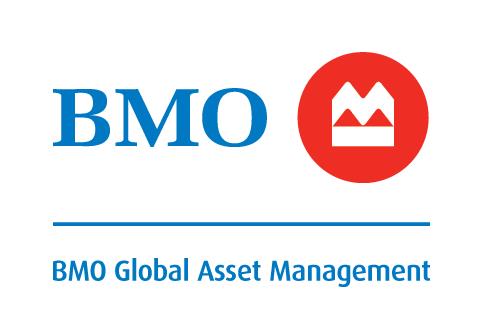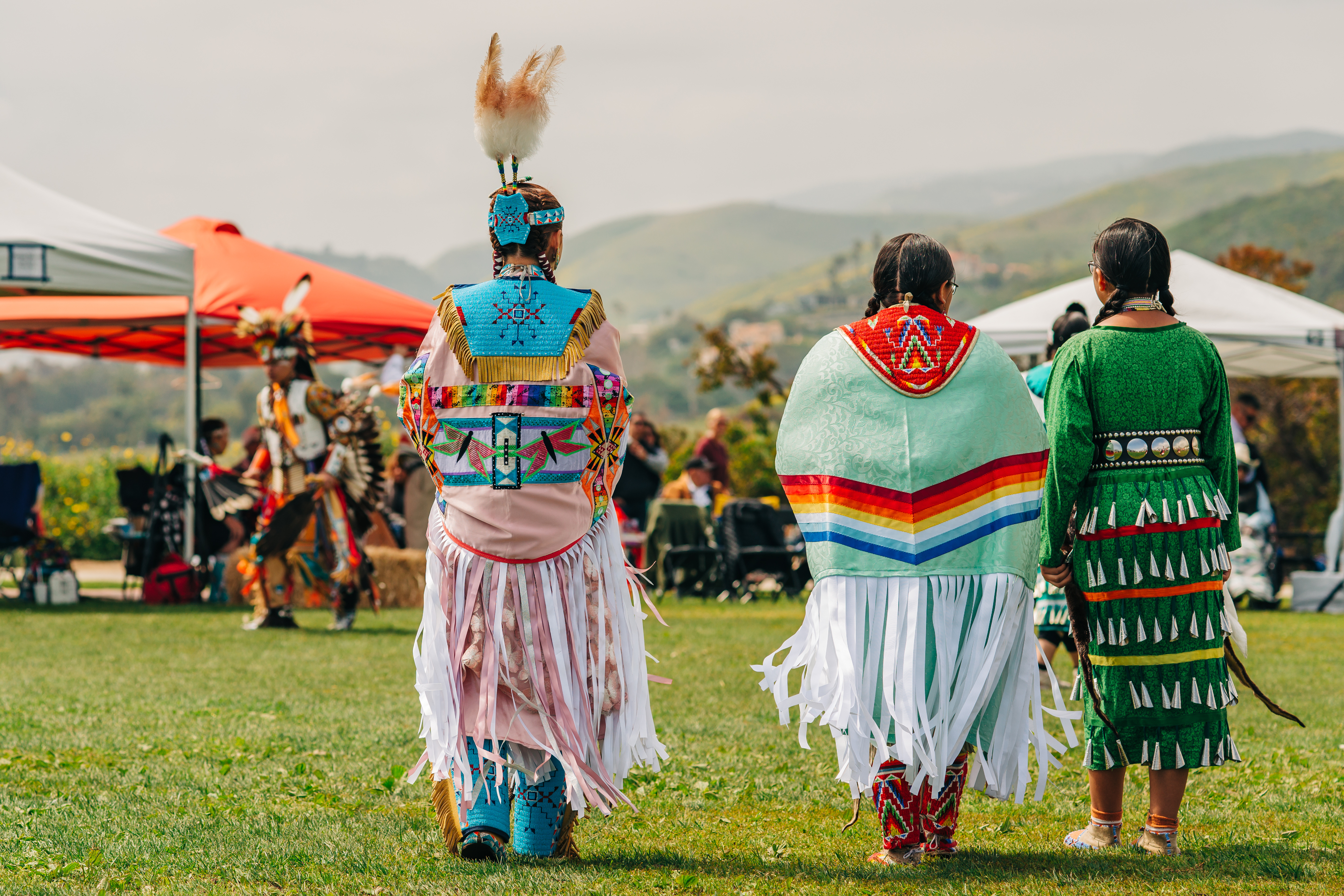Championing Indigenous multi-generational wealth growth
IN Partnership with
How BMO Global Asset Management partners with Indigenous nations to turn financial capacity into long-term self-determination and shared prosperity

More


IN THE emerging architecture of Indigenous prosperity, land and capital remain vital, but governance can be key to sustaining both. Across Canada, Indigenous nations are managing growing trust funds tied to land settlements and resource participation. Yet the defining question is no longer how to grow these assets − it’s how to protect and translate them into lasting value for citizens today and the generations that follow.
At BMO Global Asset Management (GAM), that question has guided a shift from conventional investment work to a broader mission: building the institutional systems that turn capital into continuity. “Wealth could extend beyond an individual,” says director of strategic relationships Leanne Flett Kruger, who is of Swampy Cree and Red River Métis Nations heritage. “It can be about supporting families, communities, and the generations that follow.”
Creating a living legacy through partnership, collaboration, trust and commitment.
Aligned with BMO Indigenous Banking and BMO Trust, BMO Global Asset Management is dedicated to assisting Indigenous communities, businesses, and individuals achieve their growth, prosperity, and longevity goals.
The need for diversification across asset classes and markets has never been greater. We offer an expansive suite of client-focused solutions and strategies, tapping into the skills and expertise from our specialist teams. Our active, transparent approach allows us to regularly engage with company management teams, advocating for Indigenous community values so that investment portfolios are managed prudently and reflect our clients’ best interests for the long term.



“When a community receives
a settlement, it can make
an immediate difference and it
can also extend to strengthening
the future. It honours the past
and secures the future”
Leanne Flett Kruger,�BMO Global Asset ManagemenT
For Kruger, the responsibility is both professional and personal. She has spent decades working on the front lines of Indigenous economic development and trust creation, advising on governance frameworks that preserve community capital. “When a community receives a settlement, it can make an immediate difference and it can also extend to strengthening the future,” she says. “It honours the past and secures the future.”
Her colleague, Vincent Au, director of institutional distribution at BMO Global Asset Management, arrived at the same mission through a different route. His career in institutional asset management eventually converged with BMO’s Indigenous banking relationships, where he saw how investment discipline could help communities transform new financial capacity into long-term self-determination. “It wasn’t something I set out to do,” Au says. “But the need was clear. As nations become wealthier, they will need expertise and experience that align with their values and priorities.”
“Access to capital is something all financial institutions should strive to improve. Our goal is to innovate in ways that help communities build capacity from within”
Vincent Au,�BMO Global Asset Management
Share





Published November 17, 2025
Share








About
Directories
Resources
Investments
Pensions
benefits
News

RSS
Sitemap
Privacy
Contact us
About us
External contributors
Authors
Terms & Conditions
Terms of Use
Subscribe
People
Companies
Copyright © 1996-2025 KM Business Information Canada Ltd.




About
Directories
Resources
Investments
Pensions
Benefits
News




RSS
Sitemap
Privacy
Contact us
About us
External contributors
Authors
Terms & Conditions
Terms of Use
Subscribe
People
Companies

Copyright © 1996-2025 KM Business Information Canada Ltd.



About
Directories
Resources
Investments
Pensions
Benefits
News



Indigenous-owned companies in Canada1
A GROWING ECONOMIC FORCE
From settlement to structure
For many Indigenous nations, the foundation of that structure begins with settlement funds that can be decades in the making. These proceeds are often tied to land or resource claims, and they carry the weight of generations who fought for redress. “The Elders who worked for these settlements may not be here, but their descendants will live with the choices made today,” Kruger says.
The funds can be transformative − most Indigenous trusts are written to protect capital and define how income is spent. “You are just spending the income or following sustainable withdrawal rates to make sure it will be there for future generations,” Kruger explains. Many trust documents also link spending to clear community priorities such as housing, education, and land stewardship.
The bank’s Indigenous banking and trust teams now support over $7 billion in business with Indigenous customers. That footprint reflects decades of collaboration, underpinned by open dialogue, governance education, and shared decision-making that link investment with cultural and economic renewal.
Investing through a generational lens
BMO’s Indigenous client work begins with listening. Before a single dollar is allocated, the team works with leadership and trustees to define what the funds are meant to achieve. “You look at how much money you are going to need for housing or education,” Kruger explains. “Then you reverse engineer what kind of asset mix will support that.”
The portfolios that emerge are designed to be resilient, not speculative. “The way we invested 10 years ago isn’t how we invest today,” Au says. “Markets evolve, but the goal is constant. We want to protect these assets so they can serve future generations.”
Education plays a central role. Rather than only deliver a quarterly report, the team organizes workshops that explain diversification, market cycles, and sustainable withdrawal strategies. As understanding grows, communities gain confidence to explore new opportunities, including alternative investments that can lower total portfolio risk. “We have seen our clients become more comfortable with diversification,” Kruger notes. “It allows them to align growth and preservation in a way that fits their long-term plan.”
The firm’s investment framework emphasizes responsible ownership, including advocacy for Indigenous rights in extractive and renewable sectors, and alignment with the United Nations Sustainable Development Goals. That advocacy now extends to corporate engagement, supporting UNDRIP implementation and Indigenous representation at the board level.
The same principle extends to lending and infrastructure. Housing remains one of the most urgent needs in many communities, yet standard mortgage structures do not apply because reserve lands cannot be used as collateral under the Indian Act. BMO was the first bank to create an on-reserve housing program that adapts to that reality. The institution has also expanded credit programs for Indigenous entrepreneurs who would otherwise be excluded by conventional models. “Access to capital is something all financial institutions should strive to improve,” Au says. “Our goal is to innovate in ways that help communities build capacity from within.”
The next seven years, the next seventy
Within Indigenous wealth circles, the idea of planning for seven generations is a guiding philosophy. Au interprets it as an investment principle. “What happens in the next seven years can definitely impact what happens in the next seventy,” he says. “That is why we are deliberate in how we position portfolios. They must endure and adapt through many market cycles.”
Governance and education underpin that endurance. Each trust defines its own spending limits, oversight structure, and reporting expectations. These are not bureaucratic exercises but the institutional mechanisms that ensure accountability. By embedding those practices within their own systems, Indigenous nations are proving that sound governance is not imported from outside institutions but built from within.
That cultural and structural integration is what both Au and Kruger see as the real legacy of this work. “Our goal is to move from being financial advisors to being partners with the leadership circle,” Au says. “When a community sees us as an extension of their team, that is when the partnership really works.”
For Kruger, the measure of success is simple. “These settlements were fought for over generations,” she says. “We’re responsible for equipping the community with strategies to achieve their goals.”
Building an economy of continuity
The next phase of Indigenous economic development will depend less on new funding than on the institutions that manage existing wealth. The FNFMB Pre-Scoping Study estimates that the collective value of Indigenous trusts and settlements now reaches into the tens of billions. The stewardship of that capital, its governance, transparency, and capacity to generate community benefit will determine whether this wealth closes social and economic gaps or reinforces them.
At BMO Global Asset Management, the mission is to ensure the former. Trust deeds protect capital. Portfolios serve defined purposes. Education builds confidence. Together, they form a structure that converts capital into continuity and intention into impact.
“This is not about making a quick return,” Au says. “It is about building something resilient and helping communities turn their resources into enduring opportunity.”
in BMO business with Indigenous customers3
Canadian small and medium-sized enterprises are majority owned by Indigenous Peoples2
Indigenous contribution to the Canadian economy1
60,000+
$30B+
1.5%
$7.1B
That level of discipline is a necessity born of structural inequities. The 2023 First Nations Financial Management Board Pre-Scoping Study found that Indigenous businesses receive roughly one-tenth of the financing available to comparable non-Indigenous firms. Nearly 45 percent report difficulty meeting loan qualifications because standard lending models do not reflect Indigenous ownership and governance realities. The report concluded that this gap “limits the ability of Indigenous economies to scale” and restricts access to opportunities in infrastructure, housing, and enterprise development.
“These barriers are exactly why governance matters,” Au says. “It’s not just about investment performance. It’s about helping communities build capacity and align wealth management with their identity and long-term goals.”
BMO’s Indigenous banking and trust partnerships were designed to address that need. The model integrates banking, trust administration, and asset management under one platform so that investment policy, liquidity, and governance are coordinated from the start. “We call it One Client, One BMO,” Au says. “We bring the same access to markets, the same discipline, and the same respect that large pension funds receive.”
in donations and pledges to Indigenous causes, one-third for education, as of Sep. 2023
$19 million
with First Nations, Métis, and Inuit leaders
National Indigenous Advisory Council
Gold PAIR certification from the Canada Council for Indigenous Business
Seven-time
BMO’s COMMITMENT IN ACTION

RSS
Sitemap
Privacy
Contact us
About us
External contributors
Authors
Terms & Conditions
Terms of Use
Subscribe
People
Companies
Copyright © 1996-2025 KM Business Information Canada Ltd.












Source: BMO GAM "Creating a Living Legacy" 2023 Brochure
Source: ARCA
Disclaimer: The viewpoints expressed by the author represent their assessment of the markets at the time of publication. Those views are subject to change without notice at any time. The information provided herein does not constitute a solicitation of an offer to buy, or an offer to sell securities nor should the information be relied upon as investment advice. Past performance is no guarantee of future results. This communication is intended for informational purposes only. This article is for information purposes only. The information contained herein is not, and should not be construed as investment, tax or legal advice to any party. Particular investments and/or trading strategies should be evaluated and professional advice should be obtained with respect to any circumstance. BMO Global Asset Management is a brand name under which BMO Asset Management Inc. and BMO Investments Inc. operate. “BMO (M-bar roundel symbol)” is a registered trademark of Bank of Montreal, used under licence.